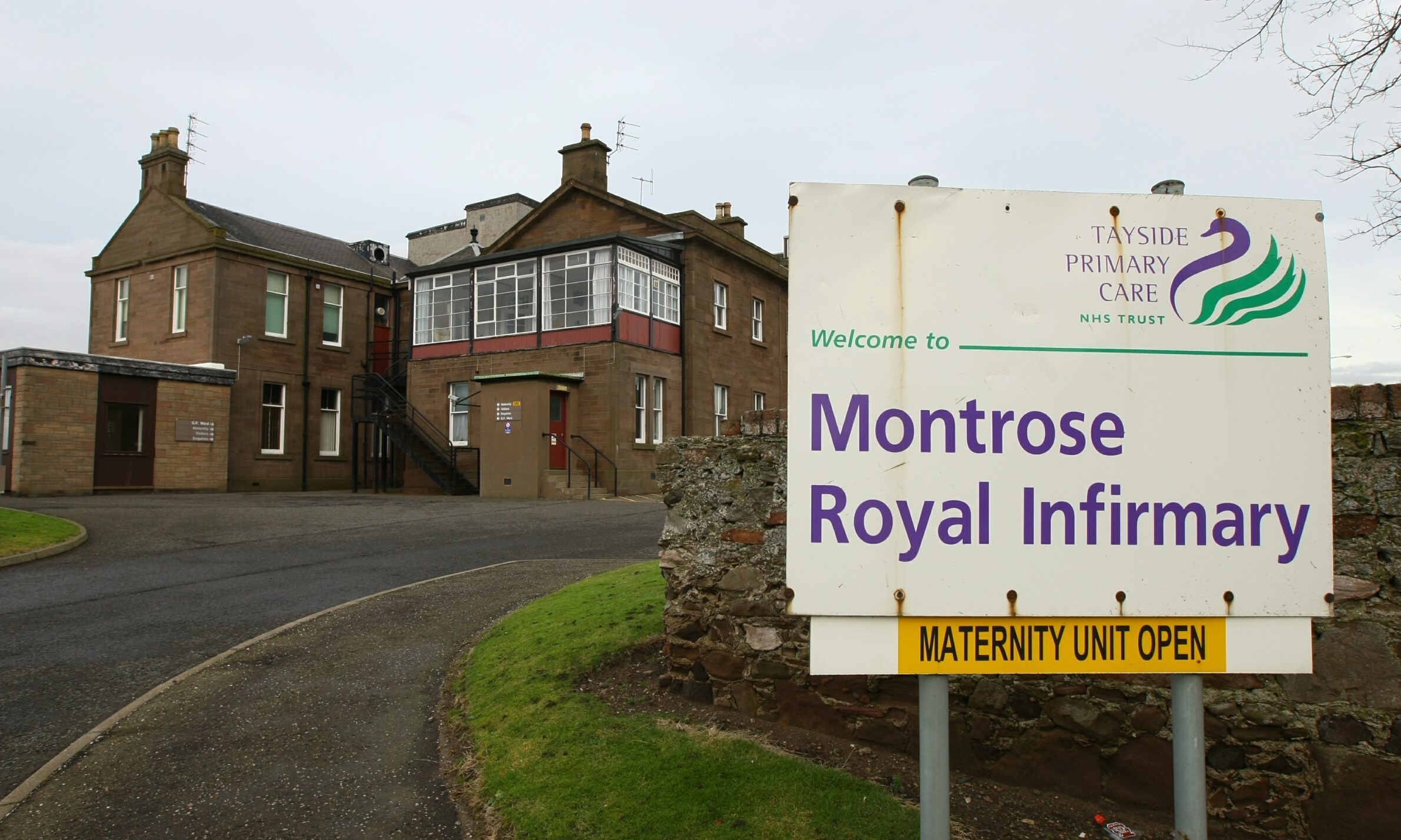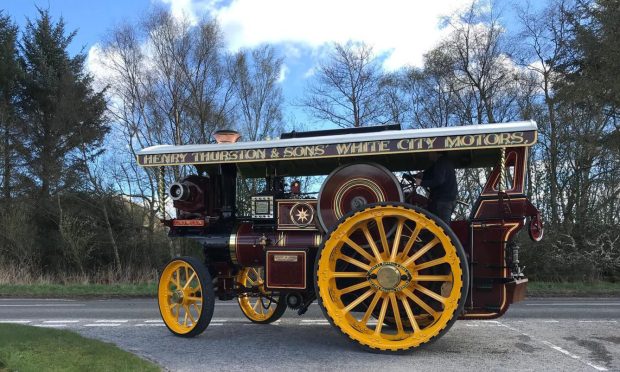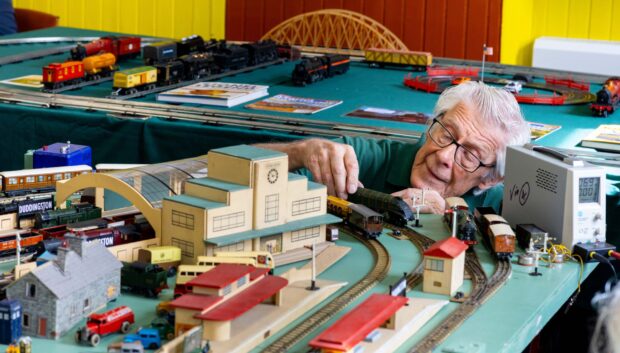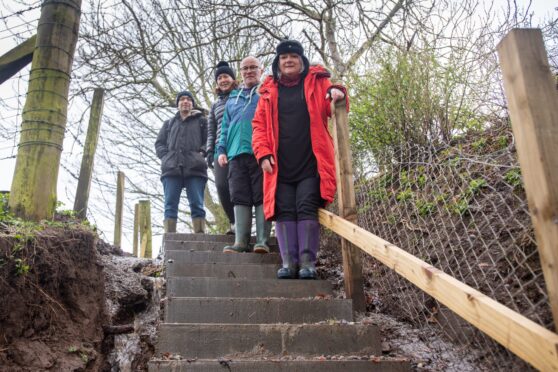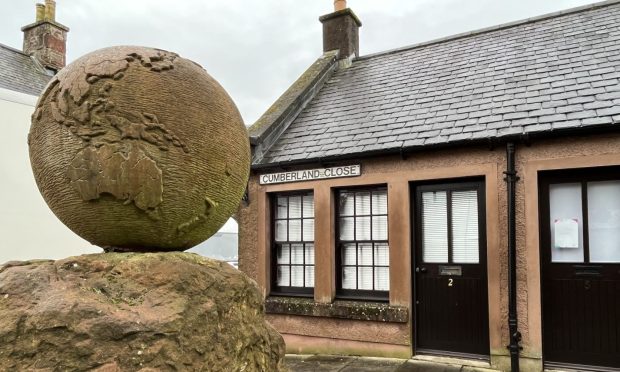In-patient beds at Brechin and Montrose Infirmaries are to be permanently removed under new plans for a radical shake-up of health care provision across Angus.
A blueprint for the future agreed by members of the Angus and Social Care Integration Joint Board (IJB) at a meeting in Forfar outlined opportunities for development in care homes, minor injury and out of hours and inpatient care services to facilitate what health chiefs say will be a more integrated approach to service provision.
Health bosses say the re-think is required to address a situation of almost a third of Angus hospital beds lying empty at times.
Under the new plans, which will be developed over the coming months, inpatient care will not be delivered from Brechin Infirmary, which has been non-operational since October 2015 or from Montrose Infirmary where the environment has been branded no longer suitable for the delivery of modern healthcare.
The changes could see a new role for the mothballed Mulberry adult mental health unit at Stracathro.
The meeting heard the current hospital provision is “unsustainable and unsafe in the long term.”
In an IJB report to the board, chief officer Vicky Irons said optimising resources and joining up health and social work services is critical to realising the ambitions of health and social care integration.
“This approach requires people to be central to decisions about their own needs, outcomes and support. We are focused on delivering an approach to integration that has a much greater emphasis on prevention, early intervention, self-management, supporting people in their own homes and communities and less dependence on hospitals and care homes, “she said.
“There are warning signs about the ageing future workforce in health and social care. There are buildings in current use that are not fit for purpose.
“We have more hospital beds than we need and our workforce is therefore not deployed to best effect.
Ms Irons said: “We are currently not using our resources in the most effective way. There are more hospital beds than we need in older buildings that are not fit for the delivery of modern healthcare.
“Our review of inpatient beds revealed that, on average each day, there were 37 inpatient beds across Angus lying unoccupied – that’s 29 per cent of our inpatient beds.
“Our available resources will not be able to support all of our predicted commitments without change. There is confusion about where to access services and support, there are preventable admissions to hospital.
“There is a risk of unsafe care in some settings, there are additional demands and stresses on the workforce and resources tied up in in-patent facilities that are no longer required”.
Inpatient care for stroke, psychiatry of old age, medicine for the elderly, and palliative care services will be delivered from Stracathro Hospital, Whitehills Health & Community Care Centre in Forfar and Arbroath Infirmary.
The board heard some local GPs had questions about access to community beds, which will be managed by consultants under the new model.
GPs had also requested to be involved in plans for new intermediate care home beds in North East Angus.
A commitment was given to continue to develop local plans with GPs, and to ensure patient care is managed jointly with consultant colleagues.
Ms Irons concluded: “Health and care services across the country are facing staffing challenges and Angus is no different. For these reasons, we need to redesign how our services are delivered to continue to provide efficient health and care services for our communities. The Angus Care Model, which is a two to three year plan, will be developed and implemented over the coming months, will allow us to do this.”
